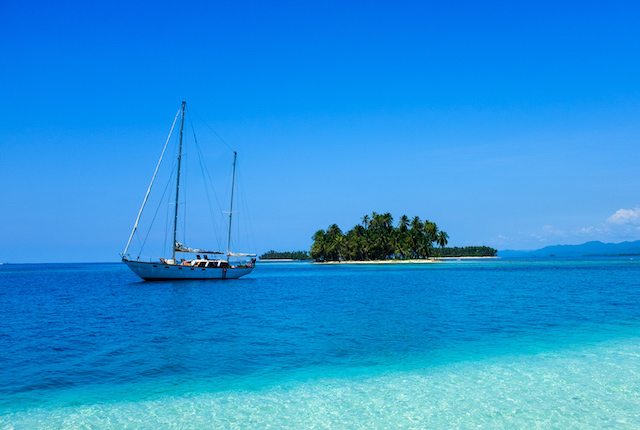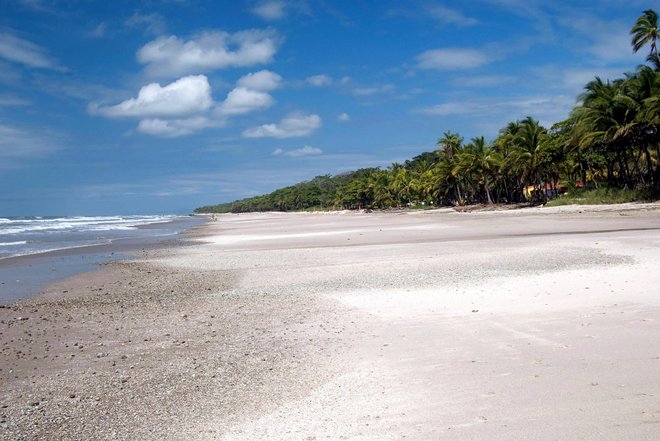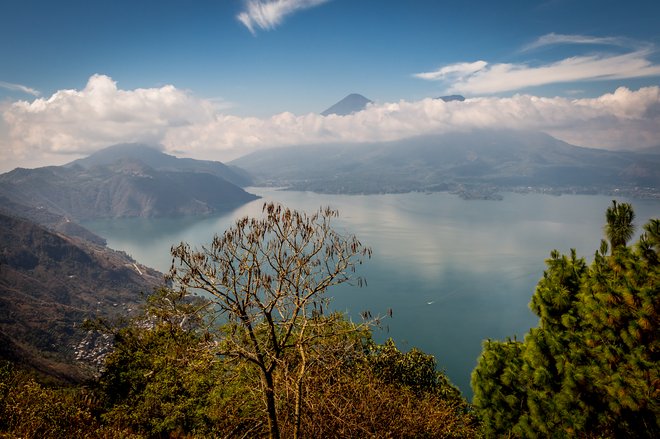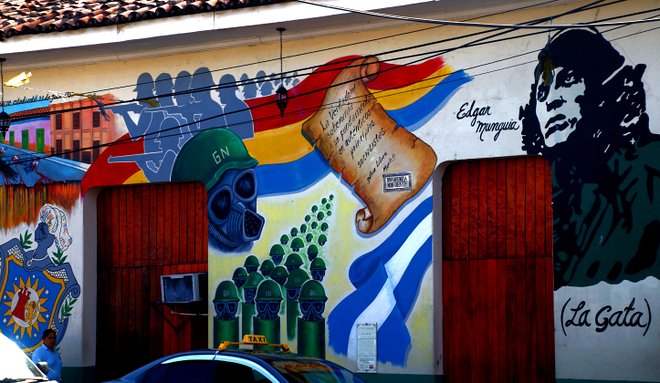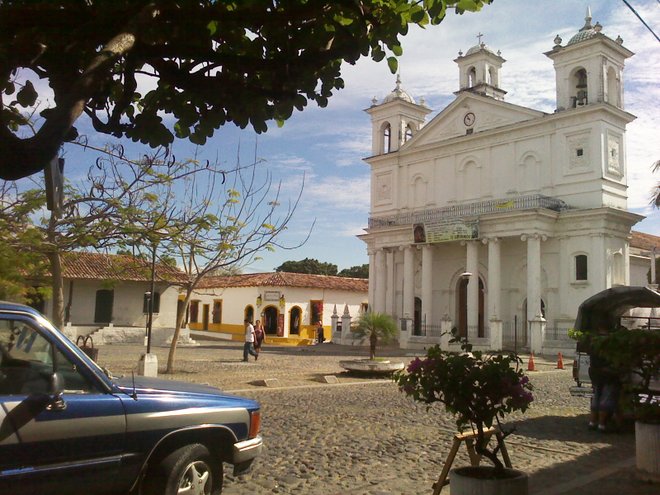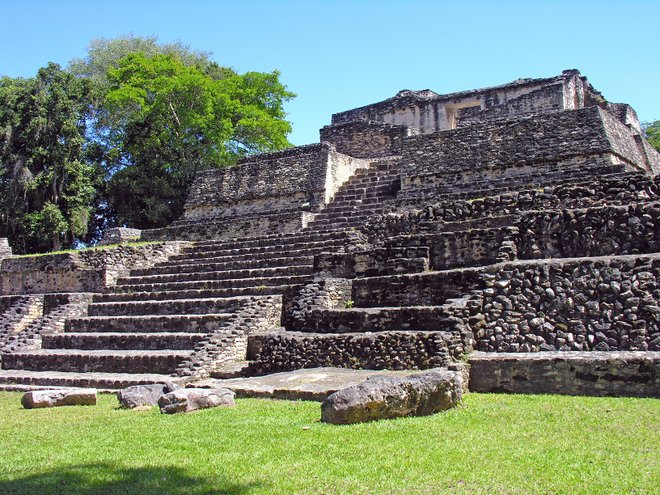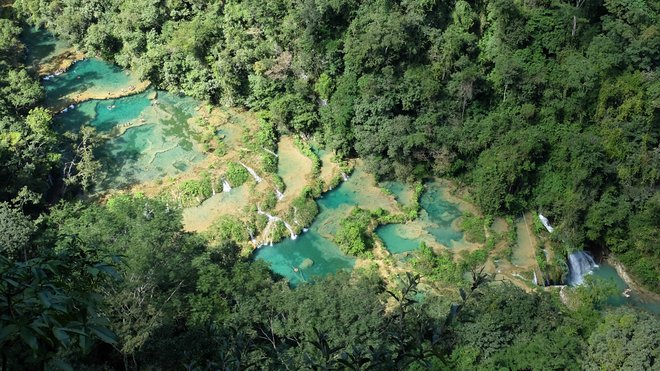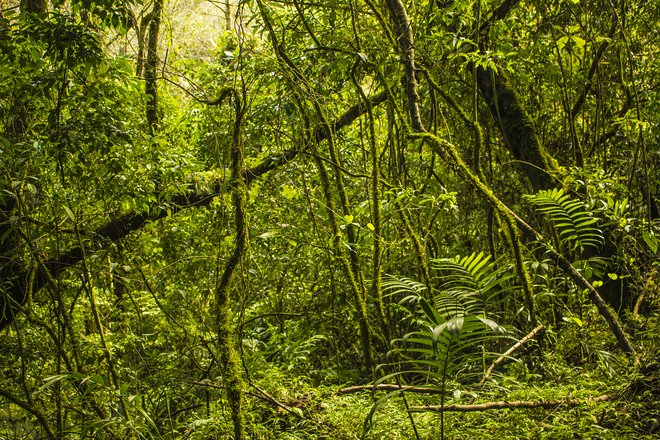With ancient ruins, rain forests, volcanic peaks, bustling capital cities, architectural relics, and incredible beaches, Central America packs a punch for its size. Of its seven countries, Costa Rica receives the most attention by far, though others are beginning to enter the spotlight. Many stereotypes and cautionary headlines that have long deterred travelers are becoming increasingly less valid, and so much of the region is still ripe for the picking for travelers. Keeping that in mind, read on to learn why these eight underrated destinations should be added to your next Central American vacation.
1. San Blás Islands, Panama
While westerly Bocas del Toro has a firm hold on the backpacker circuit, the dispersed San Blás Islands provide a more laid-back alternative to unplug among jaw-dropping Caribbean beauty. The archipelago consists of roughly 400 islands, and with less than 50 of them inhabited, it’s not hard to find your own private stretch of sand or an entire island. Although the archipelago is part of Panama, the indigenous Kuna tribe has maintained self-governing rights through fierce determination. They’ve prioritized preserving their way of life over giving up this prime real estate to hotel developers, so visitors have the option of staying in locally operated homestays or on chartered boats. Aside from mingling with the Kuna, there is hardly anything to do here. Visitors can explore the tiny cayes and islands by boat or with flippers. Snorkelers should head to the reef off Dog Island or any of the uninhabited islands for the best visibility. Before traveling to this far-flung paradise, keep in mind that there is limited electricity on the island, plus no ATMs and few creature comforts.
2. Nicoya Peninsula, Costa Rica
Costa Rica’s diverse and beautiful landscapes, eco-friendly practices, and openness to foreigners have made it popular among retirees and tourists alike. As the crowds continue to grow, in-the-know travelers have been scoping out more secluded and harder-to-reach destinations within the country. The Nicoya Peninsula benefits from its more remote location — you have to cross the Gulf of Nicoya by ferry or approach it by bumpy roads from the north. It’s far from a hassle to reach Nicoya, but the added effort of getting here has helped keep it tranquil and rustic.
Most development is on the coast, which is also home to some stellar surfing beaches. To the south, Malpais and Santa Teresa include a number of chic cafes and bars backing up to miles of wide sandy beaches. Heading east, check out the popular swimming holes at Montezuma Waterfalls. The first waterfall and swimming hole can be reached in just a 30-minute hike, while the next two will require some climbing skills, though plunging into the refreshing top pool is well worth the effort. For a chance to spot some of the area’s flora and fauna, check out the hiking trails at Cabo Blanco Absolute Natural Reserve, or head north to the Marino Las Baulas National Park to see nesting leatherback turtles by night.
3. San Juan La Laguna, Guatemala
San Juan La Laguna sits on the shores of picturesque Lake Atitlán, a high elevation lake that is surrounded by volcanic peaks and home to active indigenous communities. Lake Atitlán is undeniably popular, and in some parts, a bit overrun. That being said, most visitors congregate in just a handful of locales — namely the main town of Panajachel, San Pedro La Laguna for partying, or San Marcos La Laguna for yoga retreats. San Juan La Laguna is situated just a few kilometers outside the fray of San Pedro, on the western edges of the lake. The indigenous Tz’utujil people have worked hard to build their own tourism infrastructure in San Juan, so visitors know their quetzals (the Guatemalan currency) are directly benefiting the community. Another advantage of San Juan is the abundance of hiking options leading straight out from town — no chicken bus required. Early risers should consider the steep climb up to La Nariz del Indio (the Indian’s Nose) for one of the best sunrise views of the mystically beautiful lake.
4. León, Nicaragua
Once the scene of revolution and conflict, Nicaragua’s second-most populous city is now known for its liberalism, art, and colonial architecture. Though its streets may not be as orderly and preserved as Granada’s, León still boasts some architectural gems — notably the León Cathedral, which is the largest cathedral in Central America. The art scene is not limited to formal museums; expressive and political murals can be found throughout the city streets. A variety of other activities in León contribute to noble causes, including La Isla Foundation’s support for ending kidney disease among sugarcane workers and communities through proceeds from Spanish language, yoga, and salsa classes. Another organization, Sonati, uses profits from l-Treks and volcano boarding trips to the Maribios volcanic chain to support environmental education projects. With numerous nearby volcanoes and the Pacific only 30 minutes away, there’s plenty to occupy travelers for days — if not weeks — in León.
5. Suchitoto, El Salvador
As a whole, El Salvador is arguably Central America’s most underrated country for tourism. You’ve probably heard more about El Salvador’s political turmoil and gang violence than its vibrant culture, empty beaches, and lush mountainous interior. Though this reputation is rooted in some very real problems, much of the country is safe to visit, especially when taking basic precautions.
The colonial town of Suchitoto is a great introduction to El Salvador, offering a combination of cultural and nature-based attractions. Suchitoto’s weekend market brings artists, artisans, and food vendors to the cobblestoned streets and square in front of the white Spanish-style church. Beyond the market, there is an impressive collection of galleries for such a modest-sized town. Be sure to check out the Teatro Alejandro Cotto, which hosts year-round cultural events and is deeply involved with the art festival running through February. Suchitoto sits right beside the azure Lago Suchitlán, which can easily be explored via hiking trails just outside of town. Another nearby hike leads to the Los Tercios Waterfall, which features an impressive basalt rock wall that’s best seen during the rainy season.
6. Cayo District, Belize
Visiting Belize’s beaches, offshore cayes, and the Great Blue Hole are incredible experiences, but don’t miss out on the country’s often-overlooked interior. Belize’s Cayo District encompasses a sizable inland portion of the country along the Guatemala border. Aside from the modest capital, Belmopan, most of the district is made up of forests and protected areas. The largest of these reserves, Mountain Pine Ridge Forest Reserve, provides a respite from the lowland heat. Within the vast reserve, visitors can hike, kayak, swim in rivers and waterfalls, and explore caves. The Cayo District is also home to Caracol, the largest Mayan ruin site in Belize. Caracol totals over 35,000 buildings — many of which are well-preserved, including the Sky Palace, Belize’s tallest man-made structure to date. Actun Tunichil Muknal, a less-visited Mayan site, consists of a cave containing ancient ceramics and skeletons, many of which are believed to have been ceremonial sacrifices. Due to Belize’s small size, many people opt to only visit some of these destinations on a day trip from the coast, but it’s worth spending a few days in the Cayo District to explore all that it has to offer.
7. Semuc Champey, Guatemala
Semuc Champey is a protected natural monument in the highlands of central Guatemala. It isn’t exactly underrated, but its remote location and distance from other popular destinations keeps it calmer than the aforementioned Lake Atitlán, especially during the rainy season. The major draw to this isolated stretch of jungle is the chance it offers to swim in the turquoise pools, carved into a nearly 1,000-foot-long limestone bridge. The Cahabon River passes underneath the terraced pools, which cascade downstream through a series of waterfalls. Under normal conditions, the pools are incredibly calm and pleasant for swimming. From the pools, visitors can also tube down a stretch of the Cahabon River and take a tour of K’an Ba Cave. For a bird’s-eye view of the pools and waterfalls, take a brisk hike up to a viewpoint above the tree-line known as El Mirador. More and more tour companies are offering day trips from Antigua and other popular destinations, so it’s advisable to stay in nearby Lanquin to be the first on the scene.
8. Gracias, Honduras
The quaint colonial city of Gracias makes for a perfect base for exploring Celaque National Park and Honduras’s western highlands. The park encompasses a vast cloud forest and the country’s highest mountain, Cerro Las Minas, which stands over 9,300 feet above sea level. Celaque has hiking trails for all skill levels at lower altitudes, though it is worth pushing through to see the cloud forest, if possible. The dense forest is home to a variety of species, including pumas and ocelots, but you’re much more likely to spot an array of monkeys, butterflies, and reptiles. If the adrenaline rush of summiting Cerro Las Minas is what you seek, it’s advisable to split the hike into two days, as some stretches of the climb get as steep as 40 degrees.
A less arduous day trip from Gracias awaits at Copán, a Mayan ruin site known for its elaborate carvings, including a stairway covered in hieroglyphics. Additionally, you don’t need to have sore muscles to appreciate a soak in one of the many hot springs in the region. Located just outside of Gracias, the hot springs at Aguas Termales Presidente are the most accessible. Beyond its advantageous location to other attractions, the city of Gracias is pleasant to explore for an afternoon by foot, thanks a handful of picturesque churches, plazas, and botanical gardens.
You’ll Also Like:
- Belize vs. Costa Rica: Which Central American Country Should You Visit?
- 6 of the Best Adults-Only Hotels on the Beach in Costa Rica
- 8 Things You Need to Know Before Traveling to Belize
All products are independently selected by our writers and editors. If you buy something through our links, Oyster may earn an affiliate commission.
